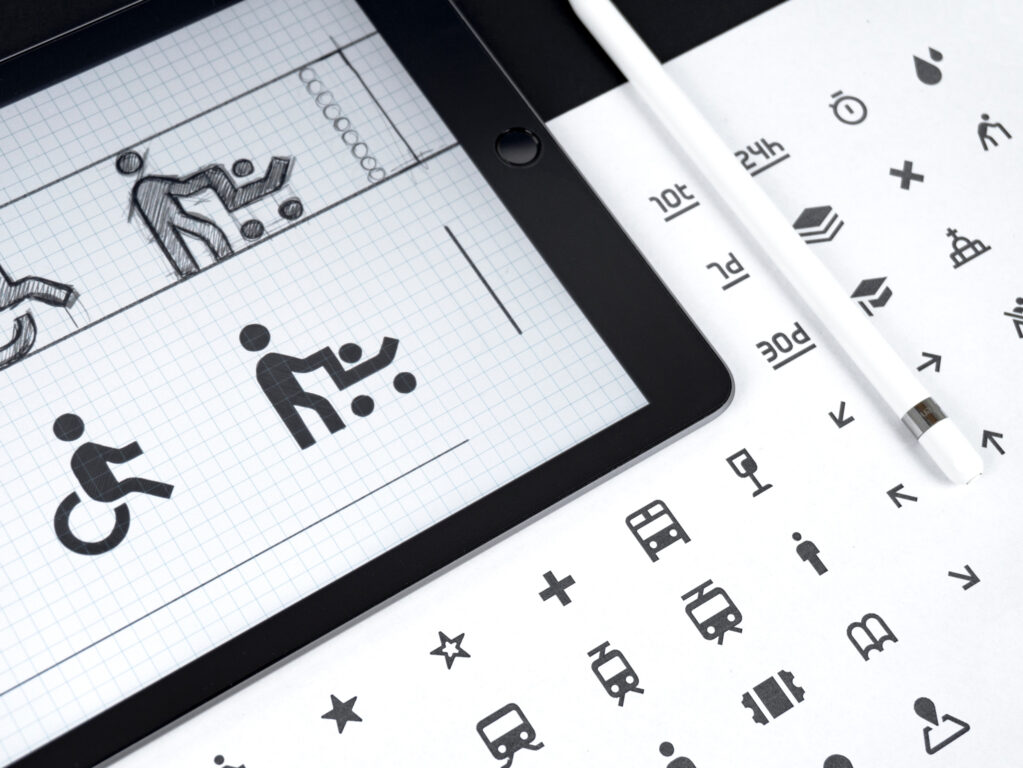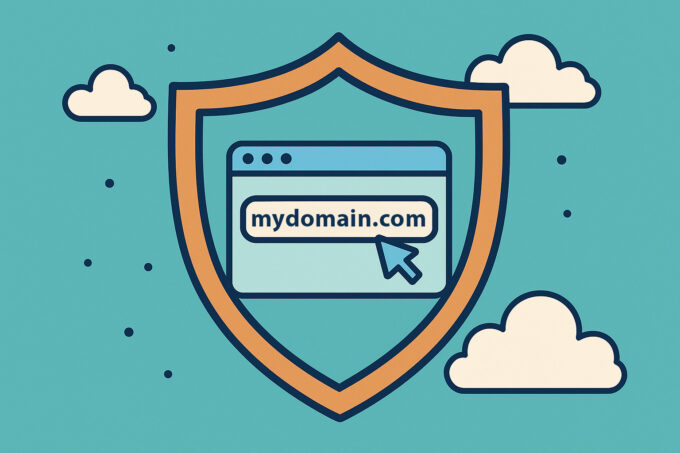Icons are small graphical representations that have become an integral part of modern website design. They serve as valuable extensions of titles, aiding in navigation and emphasizing key points within your content. However, it’s important to use icons judiciously, as too many can create a cluttered and confusing user interface, negatively impacting the overall user experience (UI/UX).
Use Icons Sparingly

While icons can be powerful visual aids, it’s crucial to strike the right balance. Including too many icons or intricate details can overwhelm visitors and distract them from the main content. Instead, focus on using icons strategically to complement and support your message. Choose icons that add value and clarity without overcrowding the page.
Maintain Consistent Icon Style

To maintain a cohesive and professional appearance, it’s vital to use icons that align with your website’s branding. Consistency in style, shape, and color scheme helps users recognize and associate specific icons with certain actions or information. This familiarity enhances the overall user experience and reinforces your brand identity.
Pay Attention to Icon Size
Size matters when it comes to icons. Avoid using oversized icons that overpower the surrounding text or labels. Icons should be visually appealing and clearly visible, but they should not overshadow the primary content. Additionally, ensure appropriate spacing between icons and associated titles or labels, allowing for a clean and organized layout.
Quality over Quantity

It’s better to have no icons at all than to incorporate poorly designed ones. Icons should be intuitive and easily understandable, conveying the intended message to visual learners effectively. Icons that fail to represent their associated actions or information can lead to confusion and frustration among users, compromising the user experience. Take the time to choose high-quality icons or consider customizing them to align perfectly with your website’s purpose.
Make your website iconic
Icons play a vital role in enhancing the user experience on websites. When used appropriately, they provide visual cues, aid in navigation, and reinforce key information. However, it’s important to exercise caution and follow best practices. Remember to use icons sparingly, maintain a consistent style, pay attention to size, and prioritize quality over quantity. By implementing these guidelines, you can ensure that icons contribute positively to your website’s UI/UX, creating an enjoyable and user-friendly online experience.


